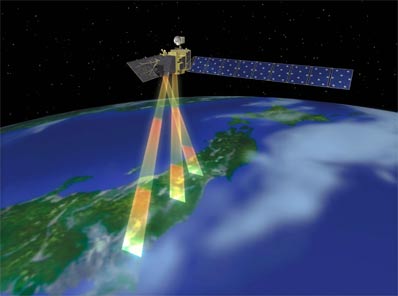Google was founded in 1997 and is now part of parent company Alphabet. Google is mainly known for the popular search engine that generates incredible amounts of revenue every year. In the last quarter of 2016, Google realized a total of 26,1 billion US dollars in just three months (Roettgers, 2017). This came down to a growth rate of 22,1 percent compared to the last quarter of 2015. Especially for a company with these growth rates, it’s even more impressive when considering that the current market capitalization is already near 700 billion (Yahoo Finance, n.d.).
As mentioned, the Google search engine is one of the main contributors of this revenue through advertising. Currently, 86 percent of the 26,1 billion in revenues is generated through advertising, which consists of AdWords and AdSense (Alphabet, 2017). AdWords currently enables companies to place bids on advertisements on the Google Search Engine (Wordstream, n.d.). AdSense uses the same bidding technology to show advertisements on other websites, which also helps other websites in taking the most out of their webpage.
AdWords and AdSense disrupt the advertising industry by allowing companies to target specific groups of consumers with their advertisements. A marketer can use these applications and select multiple criteria and Google will analyze where the advertisement delivers the most promising results, based on for example comparable click through rates, related keywords and geographical data (Wordstream, n.d.). Google is dependent on the success of the advertisement as well because of the cost per click method, which means no clicks is no revenues. Google also incentivizes companies to come up with interesting advertisements, because a higher quality on the Google Quality Score will lead to lower costs per click and is a second requirement for winning the auction besides the price. This alignment of interests reduces the possibility for information asymmetry for all parties.
So, Google combined electronic auctions with an integration between the own search engine and other websites to establish the dominant position they have today. The advertisement industry can in the future be further revolutionized by looking at the clickstream of the consumer. Not all online consumers behave the same and to increase sales, they should not all be treated the same on certain websites. For example, there are consumers who find online advice convenient and helpful while others prefer more detailed data. In general, it is expected that websites and advertisements are more preferred and increase sales if their characteristics match consumers’ cognitive styles. The concept of morphing involves automatically matching the basic ‘look and feel’ of a website, not just the content, to cognitive styles (Hauser et al., 2009). This concept has already been proven to increase click through rates in website design (Hyper Morphing Technologies, 2017).
So, this industry can be further revolutionized by more effective and customized advertising. Google is already well positioned to take full advantage of additional innovations because of the alignment of interests between Google and the advertisers. So, the 26,1 billion US Dollars in quarterly revenues can be just a start!
References:
Alphabet (2017). Alphabet announces fourth quarter and fiscal year 2016 results. [online] Available at: https://abc.xyz/investor/news/earnings/2016/Q4_alphabet_earnings/ [Accessed: October 12th].
Hauser, J. R., Urban, G. L., Liberali, G., & M. Braun (2009). Website morphing. Marketing Science, 28(2), 202-223.
Hyper Morphing Technologies (n.d.). Morphing. [online] Available at: https://hypermorphingtechnologies.com/morphing/ [Accessed: October 12th].
Roettgers, J. (2017). Alphabet Generates $26 Billion Revenue in Q4, Google CEO Calls Hardware Sales Promising. [online] Available at: http://www.nasdaq.com/article/alphabet-generates-26-billion-revenue-in-q4-misses-expectations-on-earnings-cm738995 [Accessed: October 12th].
Wordstream (n.d.). What Is Google AdWords? How the AdWords Auction Works. [online] Available at: http://www.wordstream.com/articles/what-is-google-adwords [Accessed: October 12th].
Yahoo Finance (n.d.). Alphabet Inc. (GOOG) Stock Quote. [online] Available at: https://finance.yahoo.com/quote/GOOG/ [Accessed: October 12th].



